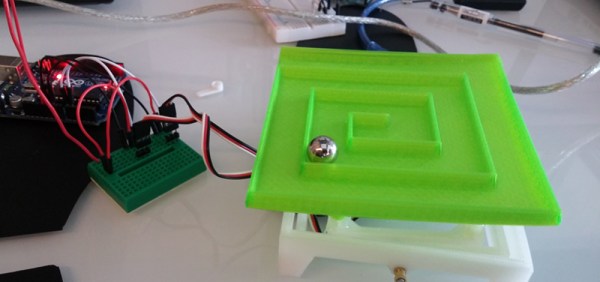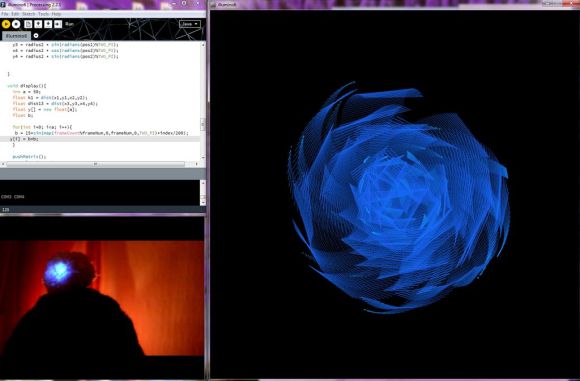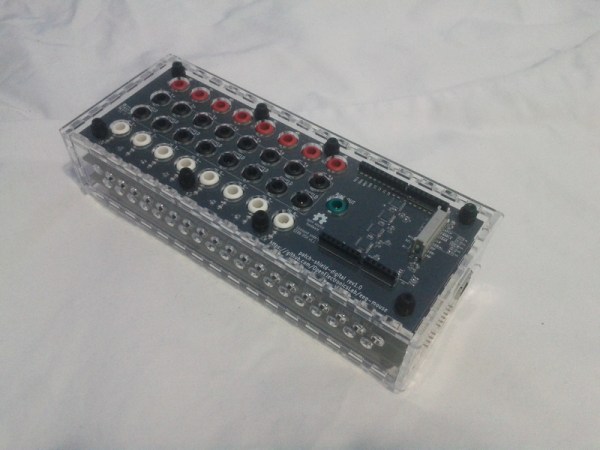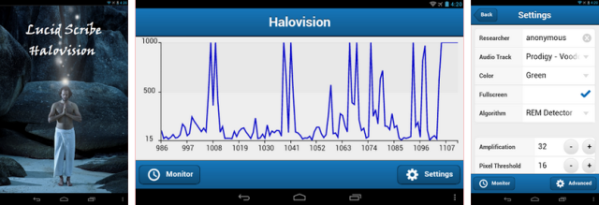With prosthetics, EEG, and all the other builds focused on the body and medicine for this year’s Hackaday Prize, it might be a good idea to take a look at what it takes to measure the tiny electrical signals that come from the human body. Measuring brain waves or heartbeats indoors is hard; AC power frequencies easily couple to the high impedance inputs for these measurements, and the signals themselves are very, very weak. For his entry to The Hackaday Prize, [Paul Stoffregen] is building the tools to make EEG, ECG, and EMG measurements easy with cheap tools.
If the name [Stoffregen] sounds familiar, it’s because he’s the guy behind the Teensy family of microcontroller boards and several dozen extremely popular libraries for everything from displays to real time clocks. The biopotential signal library continues in [Paul]’s tradition of building very cool stuff with just code.
The hardware used in this project is TI’s ADS1294, a 24-bit ADC with either 4 or 8 channels. This chip is marketed as a medical analog front end with a little bit of ECG thrown in for good measure. [Paul] is only using the ADS1294 initially; more analog chips can be added later. It’s a great project in its own right, and when you include the potential applications of this library – everything from prosthetics to body sensors – it makes for an awesome Hackaday Prize entry.























